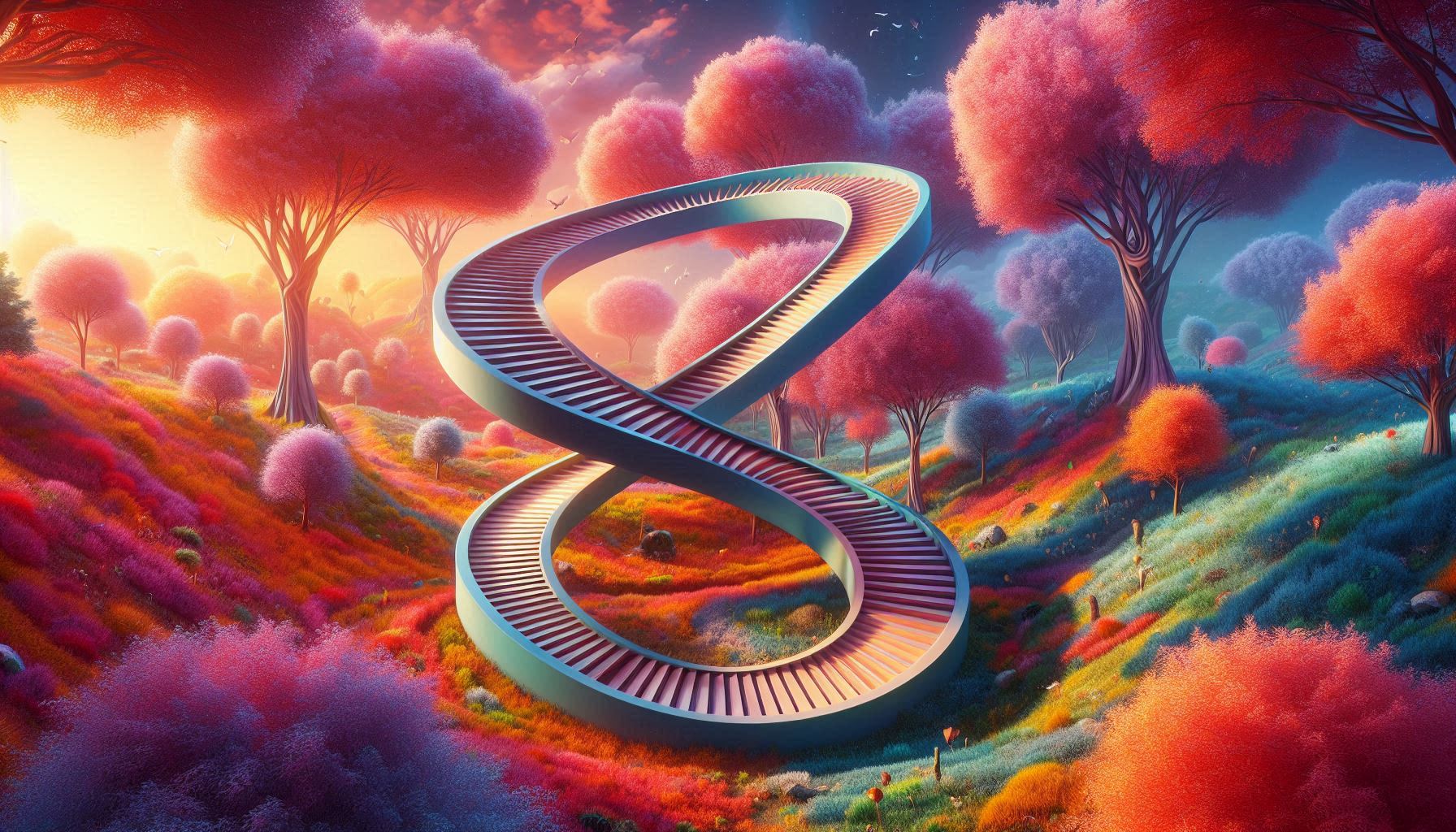While I was researching cyanobacteria, which are said to be the first organisms on Earth to perform photosynthesis, I came across the expression “paradox.” Paradox is often used to mean something like a contradiction, something that is intuitively unacceptable, or a dilemma, but it seems that there are many types of paradoxes related to ecosystems as well.
The “oxygen paradox” of cyanobacteria is that nitrogen is needed for photosynthesis, but the oxygen produced by photosynthesis destroys the enzyme nitrogenase, which takes in nitrogen. When there is a lack of nitrogen, cyanobacteria photosynthesize in low-oxygen conditions, resolving this paradox. This is a dilemma-related paradox.
https://www.agr.nagoya-u.ac.jp/~microbio/research3.html
Another dilemma is the “paradox of diversity,” which states that while it is theoretically difficult to achieve both diversity and stability, they do exist in the natural world. Recently, a new ecosystem model has been devised, and a theory has emerged that resolves the paradox by stating that if organisms select food based on the amount of food available, the more complex the food web is, the more flexible it is, and as a result, the more stable it becomes.
https://www.soc.ryukoku.ac.jp/~wakita/?x=entry:entry160421-200054
A somewhat similar paradox is the “plankton paradox,” in which more plankton species than expected coexist in a nutrient-limited environment. The fact that they somehow coexist without a single species dominating due to competitive principles seems to contradict theory.
Next is a counterintuitive paradox. The “krill paradox” is said to suggest that whales support a larger krill population than the krill they eat. Whale feces are voluminous and rich in nutrients such as iron, and phytoplankton ingest the iron, which causes krill to eat the phytoplankton and multiply. This seems like a counterintuitive phenomenon, as energy is increasing rather than being conserved.
https://www.newsweekjapan.jp/stories/world/2021/11/post-97519.php
There are also paradoxes that seem to defy reason, such as the “Antarctic Paradox,” where there is an abundance of nutrients but little phytoplankton. Conversely, there is the “coral reef paradox,” where there are many living organisms despite little nutrients, and the “Kuroshio Paradox,” where many migratory fish gather despite little food. The Kuroshio Current seems to be gradually being elucidated with discoveries such as the fact that turbulence is sucking up nutrients from the surface, and that zooplankton feces and gelatinous zooplankton, which had previously been overlooked, were food for the fish.
https://www.kagoshima-u.ac.jp/topics/2021/12/post-1858.html
There is also the “tropical seasonal forest paradox.” In the dry season when there is no rain, trees lose their leaves to prevent transpiration, but they still produce leaves even though it is not yet the rainy season. Even if they produce leaves, there is less water that can be absorbed by the roots, so this phenomenon is thought to be counter to their survival strategy. There seems to be some meaning to this, though.
https://www.ffpri.affrc.go.jp/ipo/jointresearch/paradox/index.html
There seems to be a “sexual reproduction paradox” that asks why species choose sexual reproduction, which is costly, but the theme of a seemingly contradictory matter is interesting because it seems like there are undiscovered mysteries. It seems like it could lead to discovering the amazingness of ecosystems. Ecosystem paradoxes are amazing. The ecosystems of the Earth are amazing.


